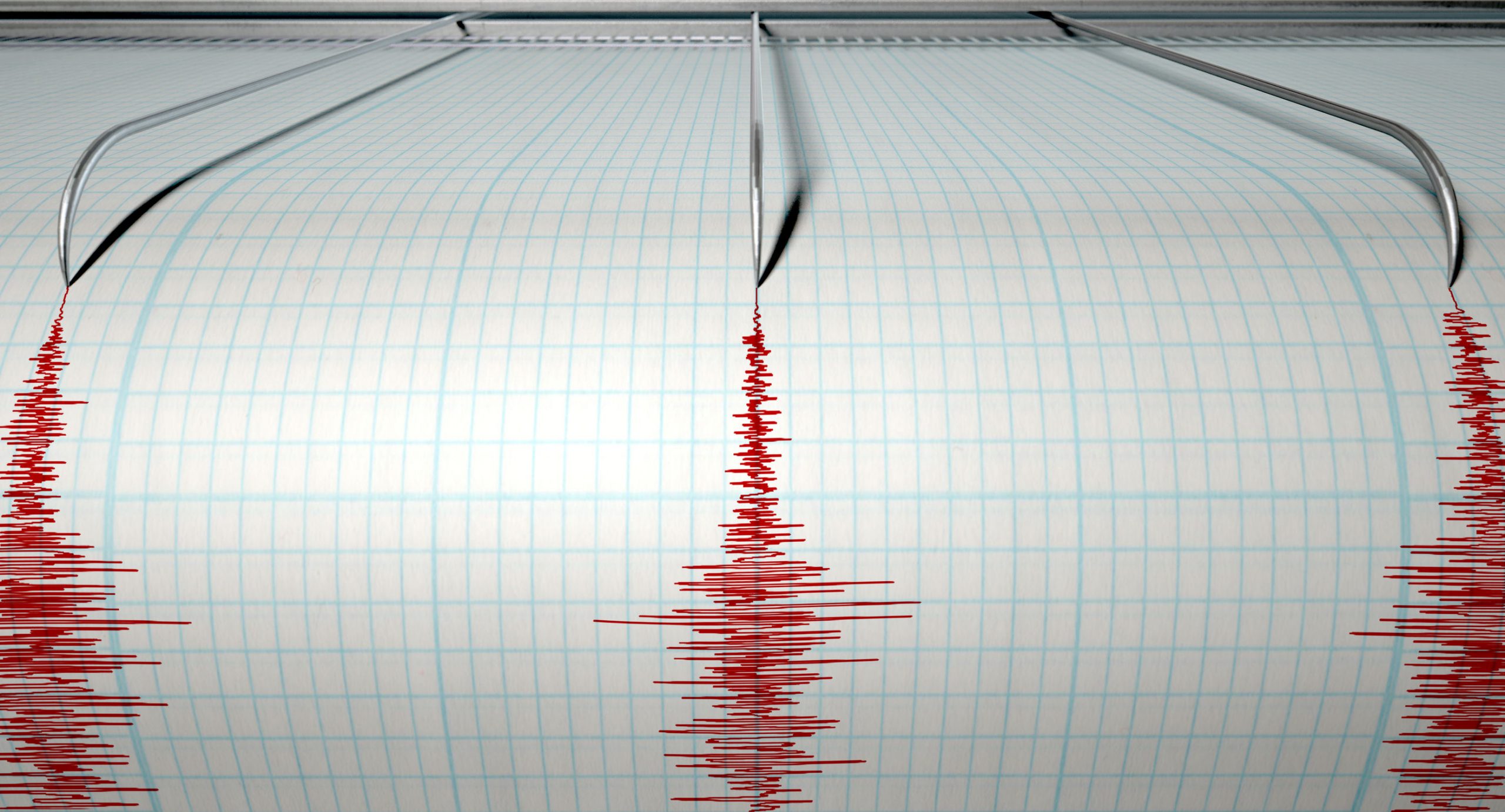Blog: Earthquakes and Semiconductors
Article By : Alan Patterson

As Taiwan trembles in the wake of a series of earthquakes, Alan Patterson unwaveringly reflects upon the island's chip industry.
On Feb. 6, a magnitude 6.4 quake struck the eastern coast of the island, just two days after a 6.1 quake epicentered in the same spot. Taiwan is located in a seismically active area where several tectonic plates are colliding. The island also produces nearly a third of the world’s semiconductors.
In particular, Taiwan Semiconductor Manufacturing Co. (TSMC) is now the sole supplier of Apple’s application processors for the iPhone. TSMC’s chips go into virtually every mobile phone, tablet, personal computer and game console on the planet.
To be sure, the workhorse fabs of TSMC and United Microelectronics Corp. (UMC) are located in the Tainan Science Park located on the western side of the island. Tainan has also been the epicenter of some devastating earthquakes in recent history.
We should not forget the impact of the magnitude 7.3 earthquake in center of Taiwan on September 1999. After the subsequent six-day shutdown of the Hsinchu Science Park, memory-chip prices tripled, and shares of electronics companies around the world tanked.
Today, nearly 20 years later, Taiwan plays an even more critical role in the global tech industry. We can only imagine what the results of a catastrophic quake in Tainan would be today.
A few months ago, I asked TSMC how large a quake the company’s Tainan fabs could withstand.
The initial answer was magnitude 7.3, but just to be sure, I allowed the company more time to give me a detailed answer.
The answer I got was more sophisticated than just a simple number for earthquake measurement. TSMC said that each building has its own seismic resilience based on the location of a fab. For example, the fabs that are located in Hsinchu have a different requirement of peak ground acceleration than the fabs located in Taichung or Tainan.
The Taiwan government has set up building codes for each of the locations, and TSMC’s guideline has been to raise the requirement by 25 percent when the company builds fabs.
As a result, TSMC’s 12-inch wafer fabs have the capacity to withstand seismic force ranging from 350 gal to 440 gal, depending on each fab’s location, the company told me.
Just for your information, the gal is a unit of acceleration used extensively in the science of gravimetry. The gal is defined as 1 cm/s2.
I admit that one of the shortcomings of us journalists is our predilection for fitting complex issues into tight little 800-word Procrustean beds. We tend to go for simpler explanations instead of the complex ones. I’ll certainly grant you that earthquakes are incredibly complex, and their impact depends on a number of factors.
Even so, you’ll understand why I tend to fixate on the magnitude 7.3 number that TSMC initially gave me as the largest quake that its Tainan fabs could withstand.
A search of historical records shows that the Tainan area has had no fewer than three earthquakes exceeding magnitude 7.3 during the past two centuries.
A catastrophic event in Taiwan would only highlight the many other risks that the global electronics industry may face as a result of increased interdependence and consolidation.
Today, the world depends on three companies for the supply of memory chips compared with nearly 25 more than two decades ago. Most of the world’s IDMs have gone fab light, and will continue going lighter and lighter, according to TSMC Chairman Morris Chang. Broadcom is attempting to acquire Qualcomm, which also aims to acquire NXP.
What used to be a broad-based web of companies in the electronics ecosystem has evolved into what may become a cartel of suppliers at the top, controlling production and prices.
It all reminds me of the warnings made by Nassim Nicholas Taleb, author of The Black Swan: The Impact of the Highly Improbable. Taleb warns us about the dangers of random events and the need for antifragility.
The electronics industry today is looking more fragile than ever. Isn’t it time for some risk management?
— Alan Patterson covers the semiconductor industry for EE Times. He is based in Taiwan.
Subscribe to Newsletter
Test Qr code text s ss


